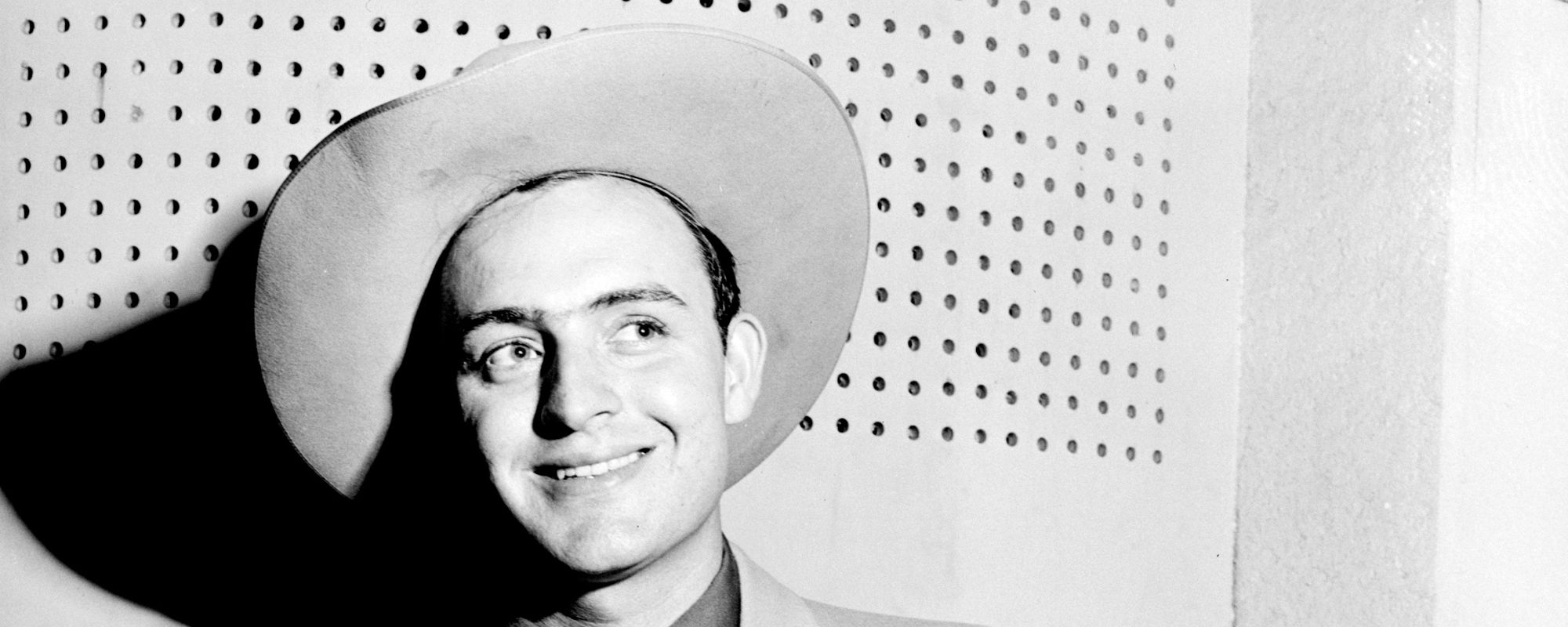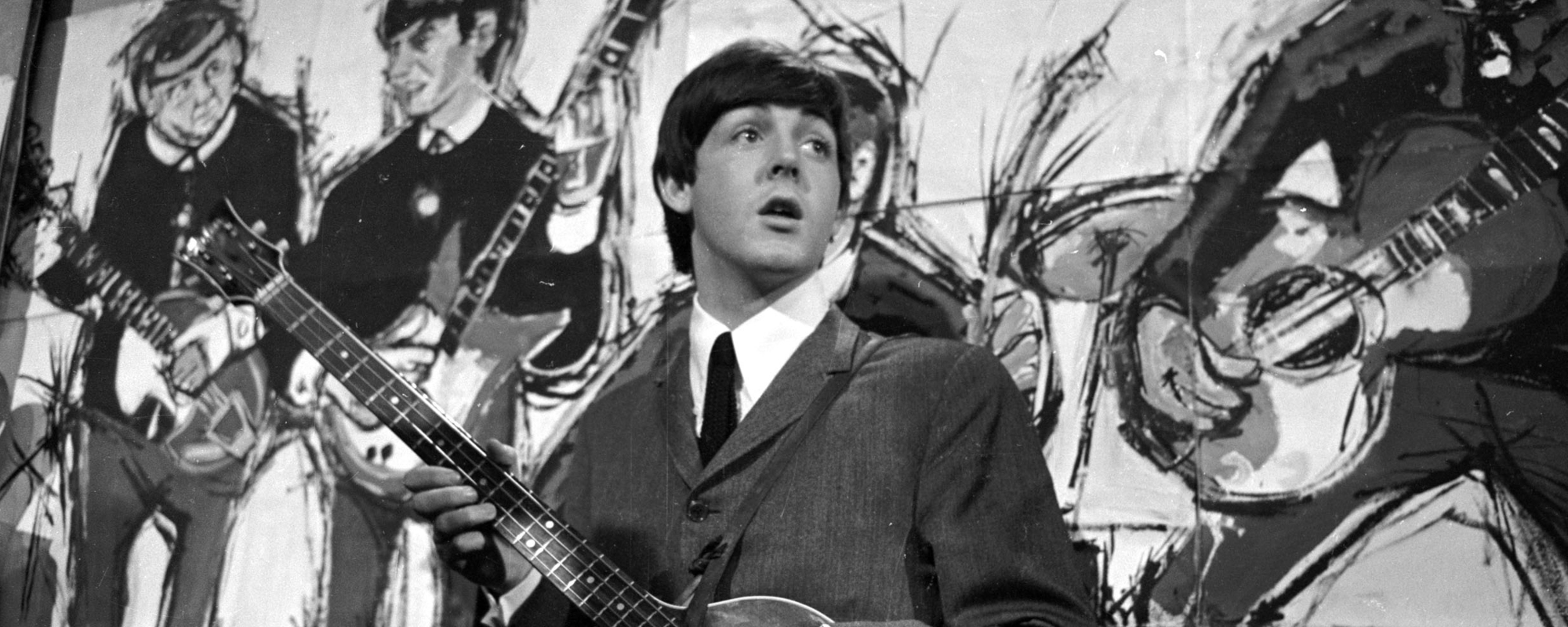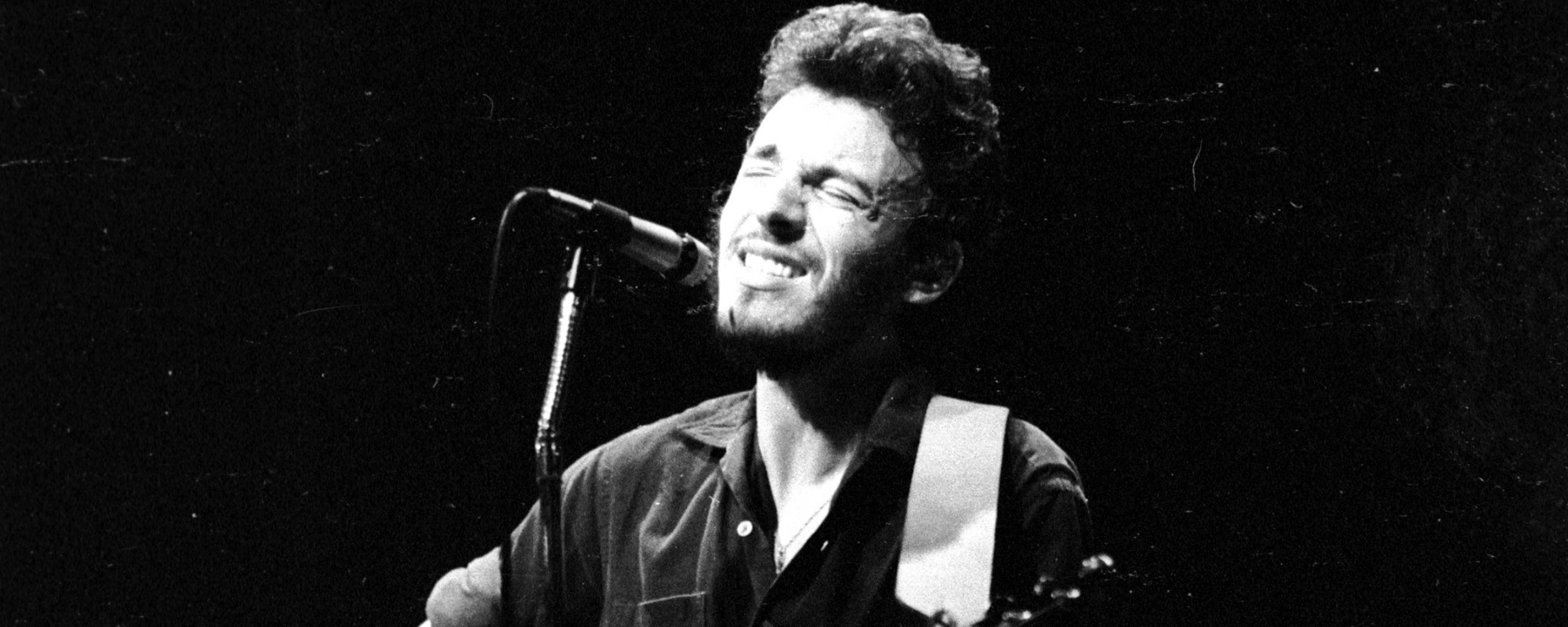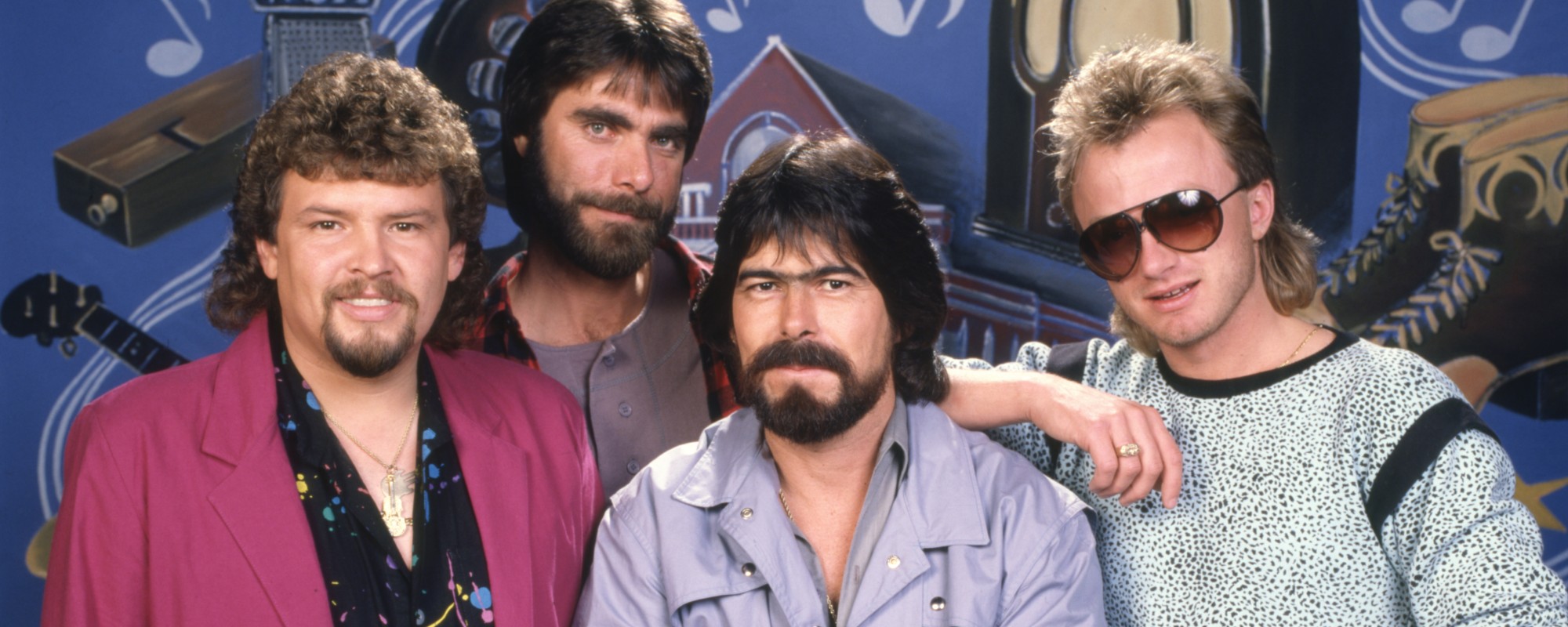When a band is on the cusp of making their commercial debut, their image is almost as important as their music, which would explain why the sixth Rolling Stone member whom you probably forgot about was kicked out before the band hit their big break. The musician was highly proficient at his instrument, but he just didn’t fit the bill aesthetically.
Videos by American Songwriter
Most musicians would let their ego take over and never work with the band again. Ian Stewart wasn’t like most musicians.
Settling On The Original Rolling Stones Lineup
The origin story of the Rolling Stones consists of two musical worlds colliding at just the right time in the early 1960s. Longtime members Keith Richards and Mick Jagger were performing Muddy Waters and Bo Diddley covers as the Blues Boys. Brian Jones, Charlie Watts, and Ian Stewart were performing under the name Blues Incorporated. The musicians were all familiar with one another, being in the same local scene. So, when Jones left Blues Inc. and put an ad in the newspaper to form a new rhythm & blues band, his friends were quick to respond.
Stewart was the first to join Jones’ new outfit. Jagger, Richards, and their Blues Boys bandmate, Dick Taylor, joined next. After cycling through several different rhythm sections, the band finally settled into their groove with Watts and bassist Bill Wyman. The group settled on “the Rolling Stones” when Jones was calling in to Jazz News to promote an upcoming show, and the publication asked for a band name, which they did not yet have. Jones grabbed a nearby Waters LP and pulled one of his song titles as their name, and the rest is rock ‘n’ roll history.
All of these lineup changes and band name christenings took place around 1962. By the following year, the Rolling Stones hit their stride. They were on the up and up, holding great promise to take their music internationally to great success. There was only one problem: Stewart.
The Sixth Member You Might Have Forgotten About
We typically associate the Rolling Stones with its longtime members Mick Jagger and Keith Richards, but they certainly weren’t the only musicians upholding the band’s rough-around-the-edges rock legacy. The first original lineup we met in the band’s early albums consisted of Jagger, Richards, Brian Jones, Bill Wyman, and Charlie Watts. Ian Stewart left the band’s official lineup in 1963 at the request of Andrew Loog Oldham, the band’s manager. Oldham said Stewart, with his older, square appearance, didn’t fit the band’s younger image.
For some musicians, that might have been the official dissolution of any kind of working relationship. But Stewart was different, as Keith Richards explained in According to the Rolling Stones. “I’d have probably said, ‘Well, f*** you.’ But he said, ‘Okay, I’ll just drive you around.’ That takes a big heart, but Stu had one of the largest hearts around. I think Stu was bemused by the whole rock ‘n’ roll circus. He enjoyed it without having to be torn apart, sign autographs, and go to photoshoots. He was, in every respect, the kind of Rolling Stone he wanted to be because he could be totally anonymous but still be along on all the good s***.”
Some of that “good s***” included playing keys on some of the Rolling Stones’ most iconic tracks, including “Honky Tonk Women,” “Brown Sugar,” and “Time Is On My Side.” Stewart died of a massive heart attack in December 1985. When the Rolling Stones were inducted into the Rock and Roll Hall of Fame four years later, the band requested Stewart’s name be included in their lineup.
Photo by Dezo Hoffman/Shutterstock











Leave a Reply
Only members can comment. Become a member. Already a member? Log in.